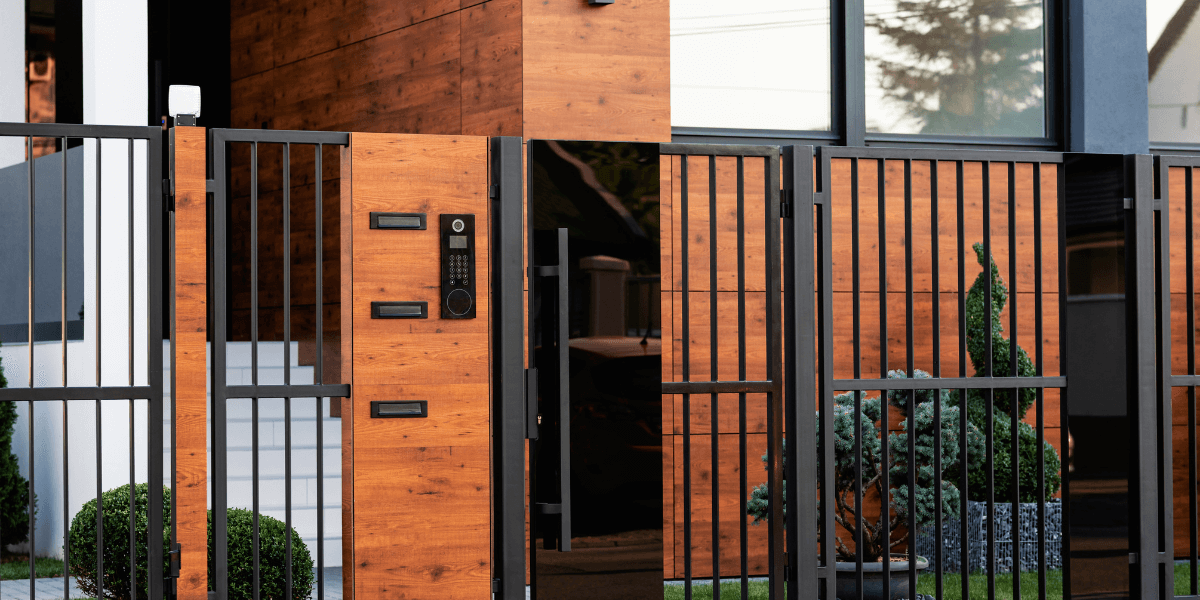


As the sun reaches its peak and temperatures soar, many homeowners are busy preparing their homes and gardens for the scorching summer ahead. While we often focus on protecting our lawns and plants from the heat, one essential aspect that can often be overlooked is our residential fence. The summer heat can take a toll on fences, causing damage that impacts their appearance and compromises their structural integrity.
This blog will explore the potential hazards of excessive heat on residential fences, identify signs of heat-related damage, and provide practical tips and maintenance measures to shield your fence from the unforgiving summer sun. By taking proactive steps, you can ensure your fence remains sturdy, beautiful, and capable of withstanding the challenges of the year's hottest season. Continue reading to discover how to protect your residential fence from the summer heat.
The summer heat can be relentless on residential fences, primarily due to two main factors - thermal expansion and UV radiation. When the temperature rises, materials used in constructing fences, such as wood, vinyl, and metal, tend to expand. This thermal expansion can put tremendous pressure on the fence's fasteners, joints, and overall structure, leading to potential weaknesses and even structural failure.
UV radiation is another formidable adversary for fences during the summer months. Prolonged exposure to the sun's harsh rays can cause fading and discoloration, especially for wooden and vinyl fences. The UV rays break down the chemical bonds on the fence's surface, leading to a loss of color and structural integrity over time.
According to a recent study, prolonged exposure to high temperatures and UV radiation can significantly reduce the lifespan of a residential fence, making it crucial for homeowners to take preventive measures.
See Also: Fence Ideas to Make Your Yard Ready for Summer
Recognizing the early signs of heat-related damage is essential for addressing the issues before they escalate. Here are some common signs to watch out for:
When choosing a fence for your property, opt for materials that exhibit excellent heat resistance and minimal thermal expansion. While no fence is entirely immune to the effects of summer heat, some materials perform better than others.
Metal fences, such as aluminum and steel, are known for their durability and resistance to temperature changes. Low thermal expansion rates make them more resistant to warping and structural damage.
Composite fences, made from wood fibers and recycled plastic, offer an outstanding balance of aesthetics and heat resistance. They are less prone to warping, fading, and cracking than traditional wooden fences.
To safeguard your residential fence from the summer heat, consider implementing the following maintenance measures:
Apart from high temperatures, climatic conditions like humidity and temperature fluctuations can influence the overall performance of residential fences during summer. High humidity can lead to mold and mildew growth, especially on wooden fences. On the other hand, rapid temperature changes, such as cool nights after hot days, can exacerbate the effects of thermal expansion and contraction.
See Also: How Do You Know It’s Time to Replace Your Fence?
Protecting your residential fence from the summer heat is essential for preserving its beauty, functionality, and longevity. By understanding the potential damage caused by excessive heat, recognizing the signs of heat-related issues, and taking proactive maintenance measures, homeowners can ensure their fences withstand the test of time.
La Habra Fence, a leading fencing contractor in Orange County, takes pride in offering durable and heat-resistant fencing solutions that enhance your property's aesthetics and provide long-lasting protection. Contact us today for a professional assessment, and let us help you safeguard your fence from the unforgiving summer heat.